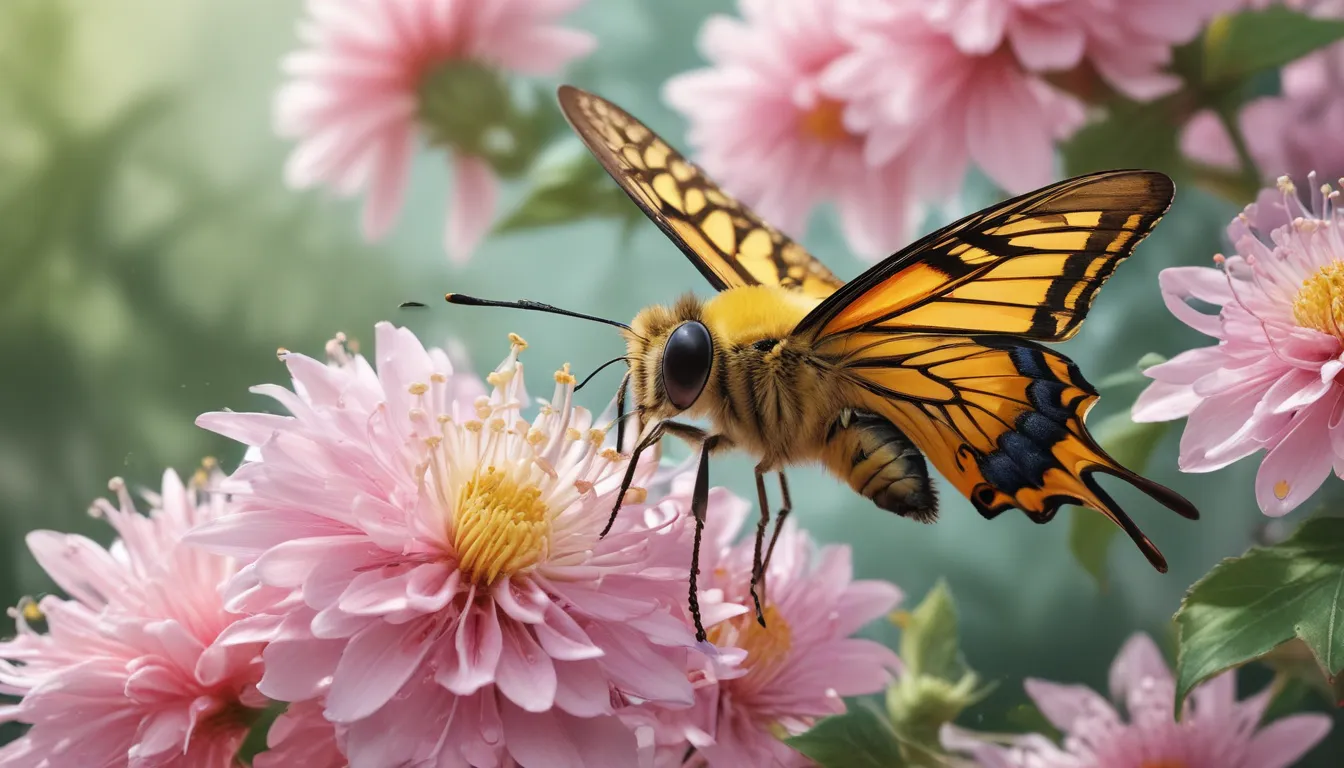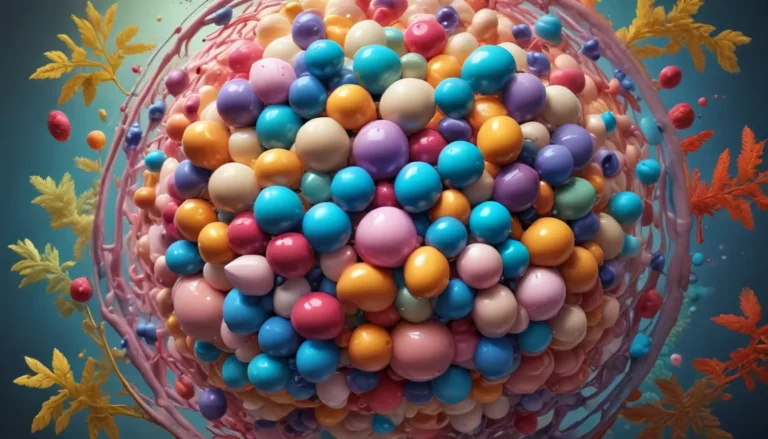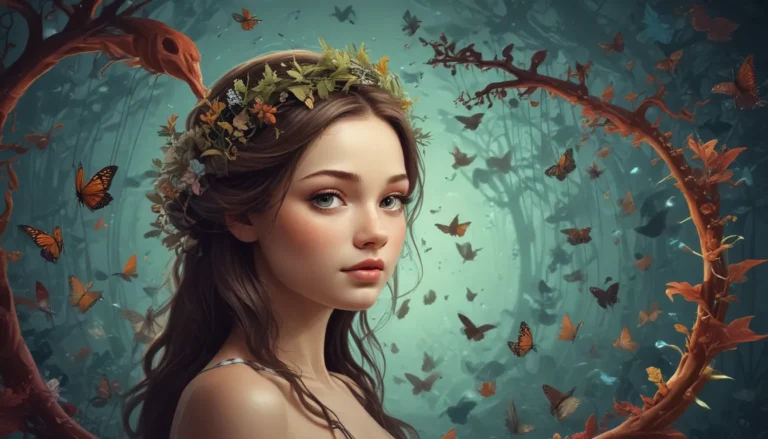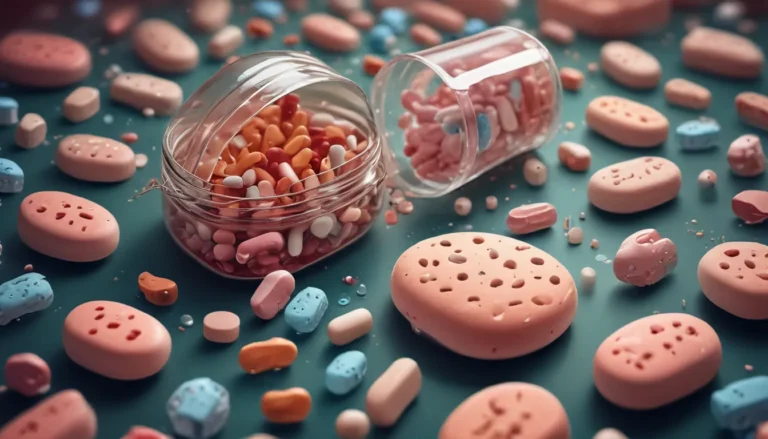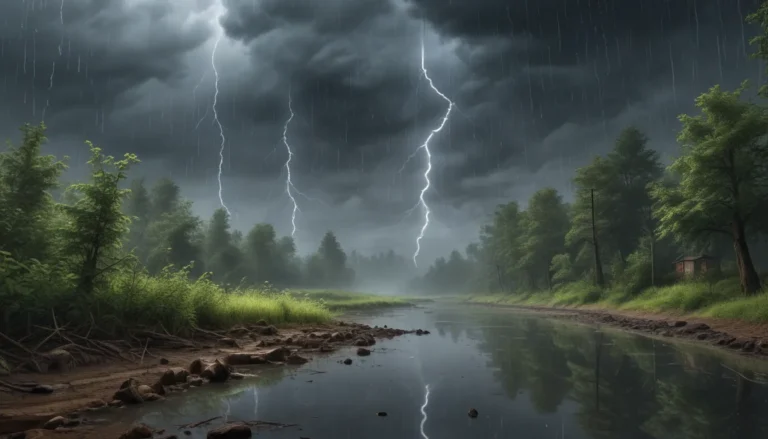A Note About Images: The images used in our articles are for illustration purposes only and may not exactly match the content. They are meant to engage readers, but the text should be relied upon for accurate information.
Pollination is a magical, essential process in the natural world that ensures the continuation of plant life and ecological balance. It’s a pivotal step in the life cycle of flowering plants, where pollen grains travel from the male reproductive organs to the female reproductive organs, leading to fertilization and seed production. But beyond its basic definition lies a world of wonders and complexities that will leave you in awe. From intricate relationships between plants and pollinators to remarkable adaptations and strategies, the realm of pollination is teeming with extraordinary facts waiting to be explored. Let’s delve into 19 remarkable facts about pollination that shed light on its incredible intricacies and significance.
Unveiling the Secrets of Pollination
- Pollination is vital for plant reproduction, with bees, birds, and even beetles playing crucial roles in this process. The absence of pollinators would put our food supply and ecosystem health at great risk.
- Plants and pollinators engage in captivating relationships, from deceptive tactics to synchronized blooming. These interactions contribute to the richness of ecosystems and the evolution of new plant species.
The Essentials of Pollination
Pollination is the remarkable process where pollen grains move from the male reproductive organ (stamen) to the female reproductive organ (pistil) of a flower, resulting in fertilization and seed production.
Bee: Nature’s Pollination Maestro
Bees are the most prevalent and efficient pollinators, drawn to flowers by their vibrant colors and sweet nectar. As bees flit from one flower to another, pollen adheres to their bodies and is carried to other plants, fostering cross-pollination.
The Art of Self-Pollination
While many plants rely on external pollinators, some have evolved to self-pollinate. These self-sufficient plants boast both male and female reproductive organs, enabling them to reproduce without external aid.
Pollination Beyond Borders
Some plants opt for unconventional pollination methods, depending on wind or water for assistance. Grasses and conifers entrust the wind with carrying their pollen, while aquatic plants leverage water for pollination.
Birds: The Feathered Pollinators
Birds, especially hummingbirds and select species, play pivotal roles in pollination. Attracted to bright flowers, these birds’ long beaks enable them to reach deep into flowers for nectar, inadvertently aiding in pollination.
Moths and Butterflies: Nature’s Artists
Moths and butterflies favor flowers that emit potent fragrances. As they sip nectar, pollen clings to their bodies, transferring to other flowers as they flutter about in search of sustenance.
Beetles: Accidental Pollination Heroes
Though not as efficient as bees or butterflies, beetles can unknowingly transfer pollen while navigating inside a flower. Some plant species capitalize on beetle pollination through clever adaptations.
The Vital Role of Pollination in Crop Production
Numerous fruits, vegetables, and nuts rely heavily on pollination for their growth. Without the assistance of pollinators, our food supply would face considerable setbacks.
Specialized Partnerships: Plants and Pollinators
Certain plant species have uniquely evolved to attract and accommodate specific pollinators. Orchids, for example, sport tube-shaped flowers tailored to appeal to particular bee or butterfly species.
The Plight of Pollinators
Regrettably, many pollinator species, including bees and butterflies, are encountering population declines due to factors like habitat loss, pesticide use, and climate change. This poses a significant threat to global food security and ecosystem sustainability.
The Honey Bee’s Waggle Dance
Honey bees communicate the location of food sources within their colony through a distinctive behavior known as the “waggle dance.” This intricate dance conveys the direction and distance of the food source to fellow hive members.
Deceptive Delights: Plant Strategies for Pollination
Some plant species mimic the appearance, scent, or texture of other flowers known to attract pollinators. This clever deception lures unsuspecting insects, ensuring successful pollination.
Floral Innovations for Pollination
Flowers have evolved an array of adaptations to entice pollinators, from vibrant petals to enticing scents. Some flowers even feature landing platforms or nectar guides to direct insects toward their reproductive organs.
The Enigma of Parthenocarpy
Certain plants possess the ability to produce fruits without fertilization through a process known as parthenocarpy. However, these fruits may be seedless or contain immature seeds.
Cross-Pollination: A Source of Diversity
Cross-pollination between different plant species yields hybrid plants with distinct characteristics. This genetic mingling fosters diversity and contributes to the evolution of new plant species.
Insect vs. Wind Pollination
Insect pollination boasts precision and efficiency compared to wind pollination. Insects can directly transfer pollen between a flower’s male and female organs, heightening the likelihood of successful fertilization.
Pollen Predators: A Unique Niche
Some species, such as pollen beetles and pollen wasps, subsist solely on pollen. While not primary pollinators, their interactions with flowers play a role in the broader pollination process.
Synchronized Blooms for Success
Certain flowers synchronize their blooming periods with the emergence of specific pollinators, ensuring successful pollination. This coordination enhances the chances of fertilization and seed production.
Nurturing Biodiversity Through Pollination
By facilitating plant reproduction, pollinators sustain the diversity of plant species, thereby supporting the survival of other organisms within ecosystems.
In Closing: Embrace the Marvels of Pollination
In the grand tapestry of nature, pollination emerges as a vital, awe-inspiring process that underpins the web of life on Earth. By unraveling the intricacies of pollination and understanding its critical role, we can champion the preservation of pollinator species and their habitats. Through sustainable agricultural practices, the cultivation of pollinator-friendly gardens, and the dissemination of awareness about pollination significance, we can contribute to the well-being of our ecosystem and safeguard countless plant species.
So the next time you glimpse a buzzing bee, a fluttering butterfly, or a dainty hummingbird amidst blooming flora, pause to appreciate the wonders of pollination at work.
FAQs
Q: What is pollination?
A: Pollination is the process by which pollen grains are transferred from the anther (male part) to the stigma (female part) of a flower, enabling fertilization and the subsequent formation of seeds and fruits.
Q: How does pollination occur?
A: Pollination can transpire through mechanisms like wind, water, or animals. Animal pollination, also termed biotic pollination, involves insects, birds, bats, and other creatures visiting flowers in pursuit of nectar or pollen.
Q: Why is pollination important?
A: Pollination is critical for the reproduction of flowering plants and the production of fruits, seeds, and nuts. It also upholds biodiversity and overall ecosystem health.
Q: Which organisms partake in pollination?
A: A diverse array of organisms, including bees, butterflies, moths, beetles, hummingbirds, bats, and even select rodents, engage in pollination. Each species exhibits unique adaptations geared towards effective pollination.
Q: Can plants self-pollinate?
A: Yes, certain plants possess the capacity for self-pollination, enabling them to fertilize their flowers independently of external pollinators. Nevertheless, cross-pollination between different plants generally enhances genetic diversity.
Q: Are all flowers vibrant and fragrant to attract pollinators?
A: Not all flowers display bright hues or potent fragrances. Some flowers have evolved distinctive strategies to entice specific pollinators, whether through nectar rewards or visual cues that guide them towards reproductive structures.
Q: How can we support pollinators?
A: Planting a diverse array of native flowering plants, offering nesting sites and water sources, reducing pesticide usage, and establishing pollinator-friendly habitats all contribute to bolstering and conserving pollinator populations.
As we unravel the tapestry of pollination’s wonders, let’s celebrate the vital role of pollinators and the beauty they bring to our world. Join us in honoring the magic of pollination on World Bee Day, May 20th, and take a moment to cherish the intricate dance between plants and their pollinator partners that sustains the beauty and bounty of nature.
Embrace the Journey of Discovery
Dive into the world of pollination, where every petal, every buzz, and every flutter hints at the intricate dance of life unfolding. Explore the vibrant interconnectedness of nature, where plants and pollinators harmonize to create a symphony of color and life. Join us on this enchanting journey of discovery and appreciation for the marvels of pollination that shape our world.
